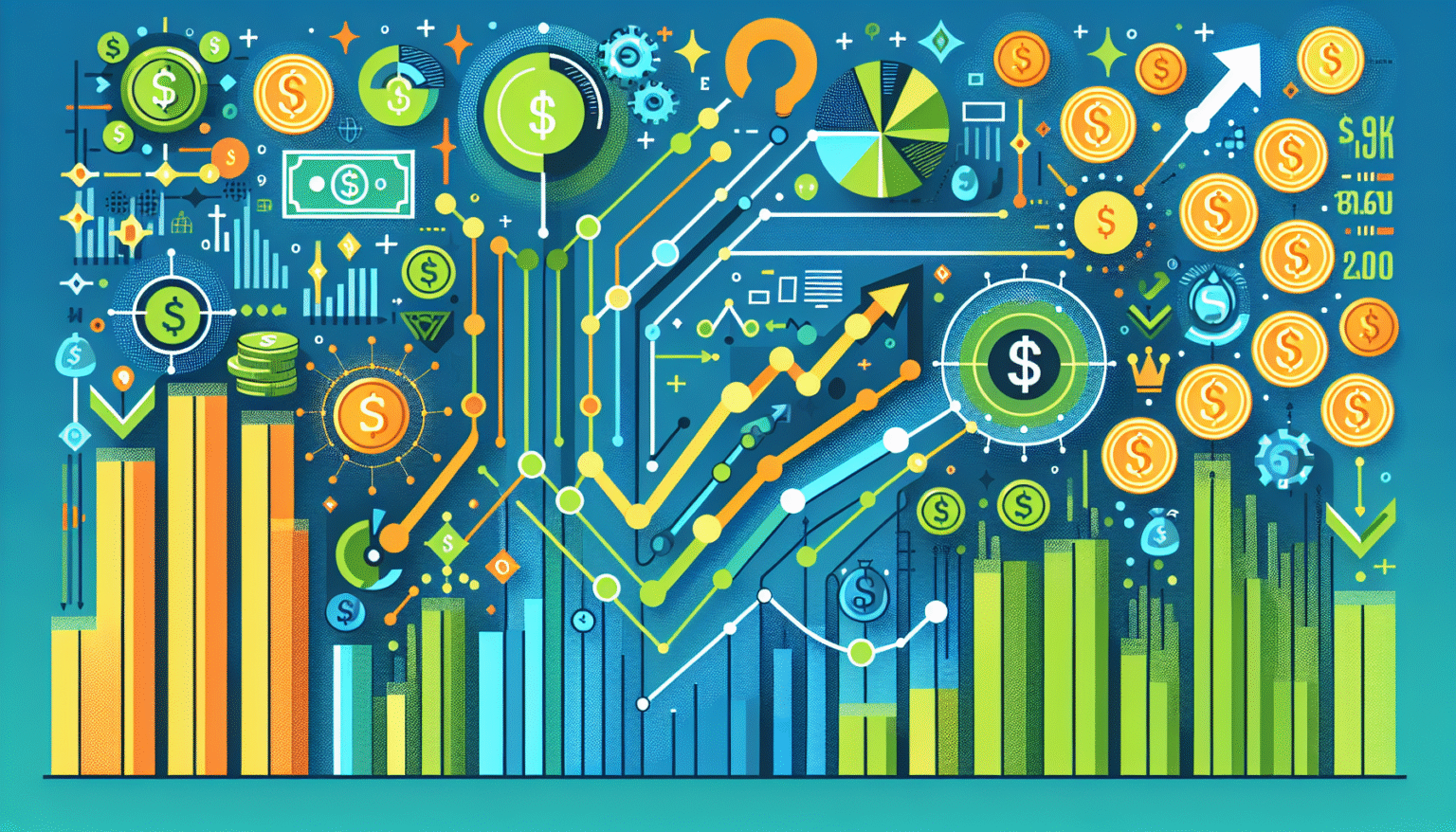Understanding Economic Growth
Economic growth is quantified through the increase in a country’s output of goods and services, often represented by Gross Domestic Product (GDP). This metric reflects the health of an economy and provides a framework to analyze various economic factors, including employment rates, consumer confidence, and inflation. A growing economy typically indicates higher consumer spending and investment, which translates into greater corporate profits.
Stock Market Basics
The stock market serves as a platform where shares of publicly traded companies are bought and sold. Stock performance can be influenced by multiple factors, including a company’s earnings reports, market sentiment, interest rates, and, importantly, macroeconomic indicators like economic growth. Generally, an increase in economic growth leads to a favorable environment for businesses, which in turn can lead to increased stock prices.
The Positive Correlation Between Economic Growth and Stock Performance
Earnings Growth
One significant way in which economic growth drives stock performance is through earnings growth. Companies’ revenues typically increase in a booming economy. As consumers are more willing to spend, businesses tend to report higher sales, leading to improved earnings. In a robust economy, companies gain confidence to invest in expansion, research and development, and hiring, which can further enhance profitability and, consequently, stock performance.
Investor Sentiment
Economic growth also boosts investor sentiment. When the economy is thriving, investors are generally more willing to take risks, leading to increased demand for stocks. This demand drives prices higher, reflecting greater confidence in future earnings potential. As markets rally, a positive feedback loop occurs, where rising stock prices create further enthusiasm for investment in equities.
Sector Performance
Different sectors respond variably to economic growth. For instance, consumer discretionary, technology, and financial stocks often outperform during periods of strong economic expansion. These sectors benefit from increased consumer spending, business investments, and loans, respectively. Thus, sector performance during growth periods can provide insights into broader market trends.
The Impact of Interest Rates
Economic growth impacts interest rates, which play a vital role in stock market performance. Central banks, like the Federal Reserve in the U.S., adjust interest rates in response to economic activity. In periods of growth, central banks may increase rates to manage inflation. Higher interest rates can discourage borrowing and spending, which may stifle stock performance, particularly in sectors sensitive to interest rate changes.
The Role of Inflation
Inflation can significantly influence the relationship between economic growth and stock performance. Moderate inflation is typically a sign of a growing economy, but excessive inflation can erode purchasing power and lead to higher input costs for businesses. Companies with strong pricing power may pass on these costs to consumers, maintaining profit levels, but those that are unable to do so could see margins squeezed, negatively impacting stock performance.
The Long-Term Perspective
While economic growth has a generally positive correlation with stock performance, short-term fluctuations can occur due to various factors. Geopolitical events, fiscal policies, and market psychology can all influence stock prices. However, long-term data tends to show that sustained economic growth correlates positively with stock performance. Historical trends demonstrate that markets eventually recover from downturns and continue to climb when underlying economic fundamentals remain strong.
Behavioral Economics and Stock Investment
Understanding how economic growth affects investor behavior is critical. Behavioral economics highlights that investors often react to economic growth not just based on facts, but on emotions and perceptions. Positive growth data can lead to exuberance, whereas signs of economic trouble can trigger panic selling. This psychological aspect of investing often leads to stock price movements that may not align perfectly with economic fundamentals.
Case Studies
Several historical examples illustrate the correlation between economic growth and stock performance:
-
The 1990s Tech Boom: The rapid growth of the U.S. economy during this period was marked by technological advancements. The stock market, particularly technology stocks, saw tremendous gains, driven by rising earnings and investor enthusiasm.
-
Post-Financial Crisis Recovery: Following the 2008 financial crisis, economic recovery propelled the stock market upward. Low interest rates, combined with quantitative easing by central banks, created a favorable environment for corporate growth, leading to substantial stock market gains over the following years.
-
COVID-19 Pandemic Rebound: After the initial market crash in early 2020 due to the pandemic, rapid economic recovery fueled stock prices, particularly in technology and e-commerce sectors. Government stimulus packages helped revive consumer spending and business investments, leading to significant stock market rebounds.
Global Perspectives
The correlation between economic growth and stock performance isn’t limited to any one country. Emerging markets often exhibit distinct patterns. For instance, countries like India and China have shown how rapid economic growth can lead to explosive stock market performance. In such economic environments, domestic consumption surges and foreign investments increase, further contributing to stock price increases.
Challenges in Correlation Analysis
One challenge in establishing a direct correlation between economic growth and stock performance is the time lag involved. Economic indicators can provide insights on future trends but are not always immediate. For example, stocks might rally in anticipation of future economic growth, leading to scenarios where stock prices rise even before GDP figures reflect actual growth. Additionally, structural changes in the economy, like technological disruption or changes in consumer behavior, can influence the correlation.
Conclusion
Understanding the relationship between economic growth and stock performance involves exploring both macroeconomic indicators and market psychology. While a positive correlation generally exists, numerous factors—including interest rates, inflation, sector performance, and investor sentiment—play crucial roles. By examining historical trends and case studies, investors can make more informed decisions, leveraging the insights gained from the interplay between economic indicators and stock market dynamics.






